Ever wondered how bright-colored metal bicycle frames or water bottles are produced that enable them to be resistant to rust? The answer is simple, the power of anodized aluminum colors.
In this article, we explored the standard hard anodizing colors, steps in applying anodized aluminum color, and methods of removing anodized aluminum colors from your products.
Why Do You Need to Apply Anodized Aluminum Colors?
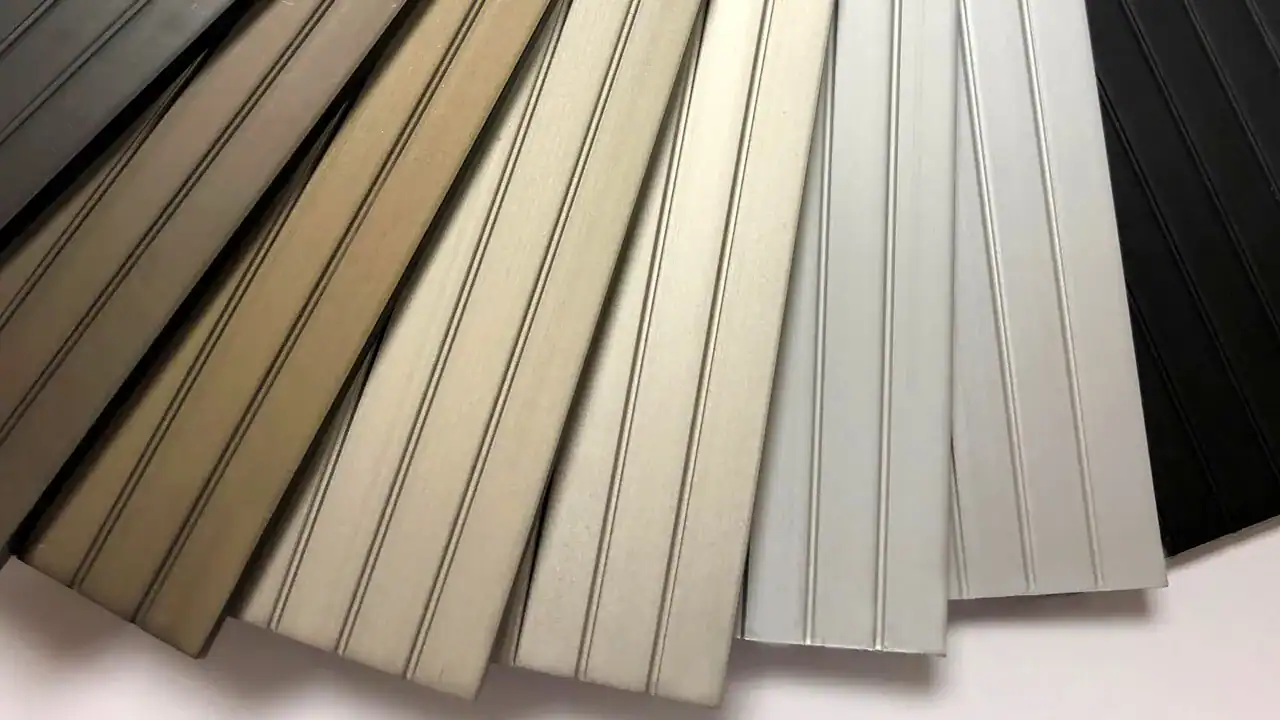
Plastic strips
Take a while to picture how your surroundings would look if every metal or object only has an anodized aluminum sheet finish without colors. Right. It would look boring and not a much pleasant sight to the eyes.
That shows how much relevance anodized aluminum colors have in enhancing the aesthetic appeal of our appliances, automobiles, house equipment, and many more.
Anodized colors are more durable than the regular paints and can last for a very long time without needing touch ups.
Some other advantages of anodized aluminum colors include increased durability of parts. The additional layers of colors on the anodized aluminum sheet prevents wear and tear, and it also has very low risk of fading.
Anodized color offers excellent corrosion resistance against harsh weather conditions and corrosive elements.
Also, when passed through various CNC machining processes, colored anodized aluminum are transformed into useful parts like gears, equipment, and other mechanical moving parts in automotive industry.
What Are the Standard Hard Anodizing Color
In the sheet metal finishing industry, hard anodizing is a sought after technique because it gives a more thick and impenetrable oxide surface film to anodized aluminum sheets.
It is possible to know the outcome of colours from the anodizing process using an anodizing color chart. The colour shades obtained through hard anodizing are dependent on the specific metal alloy being anodized, type of dye used, and the process parameters.
Below are the standard hard anodizing colors and their various use cases:
Black Anodizing
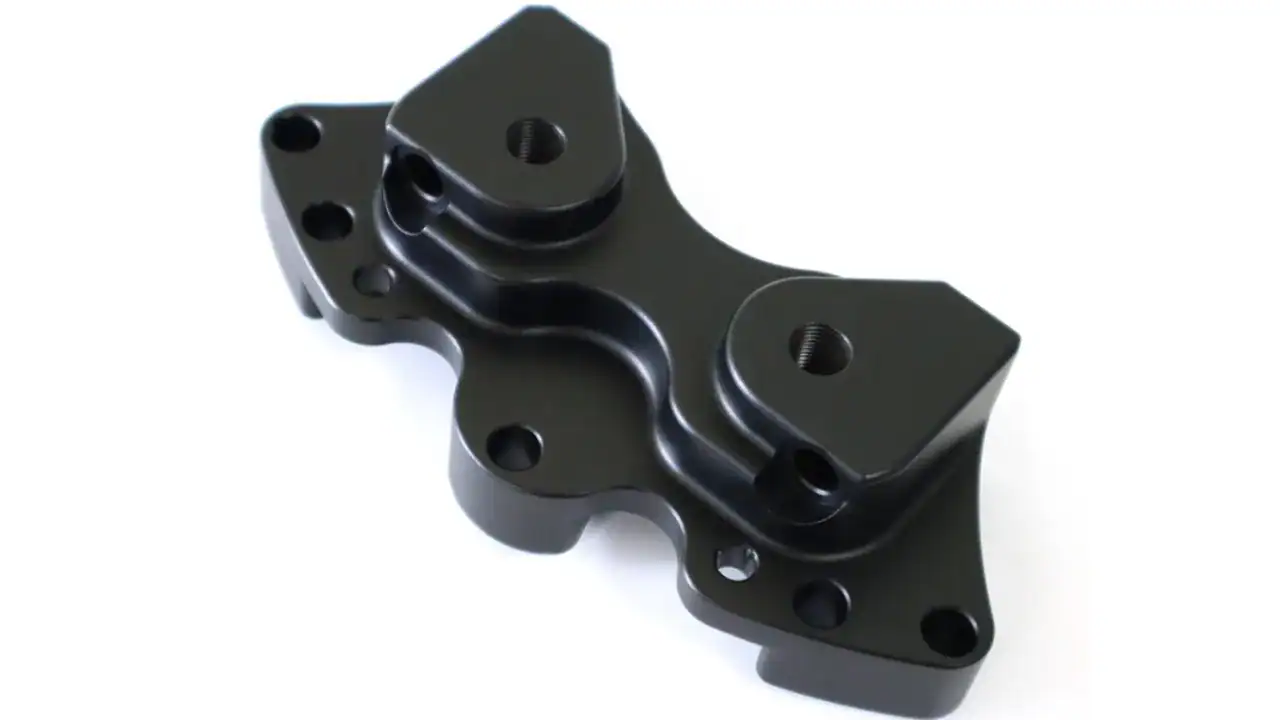
Metal part
Like the name implies, it is a dark and lovely finish that is mostly used in manufacturing windows, baseball bats, wheelchairs, laptops, etc. This anodized color is achieved by dipping your metal sheet into a black dye bath. It also helps to reduce glare on the anodized aluminum color surface while giving off a sophisticated look.
Green Anodizing
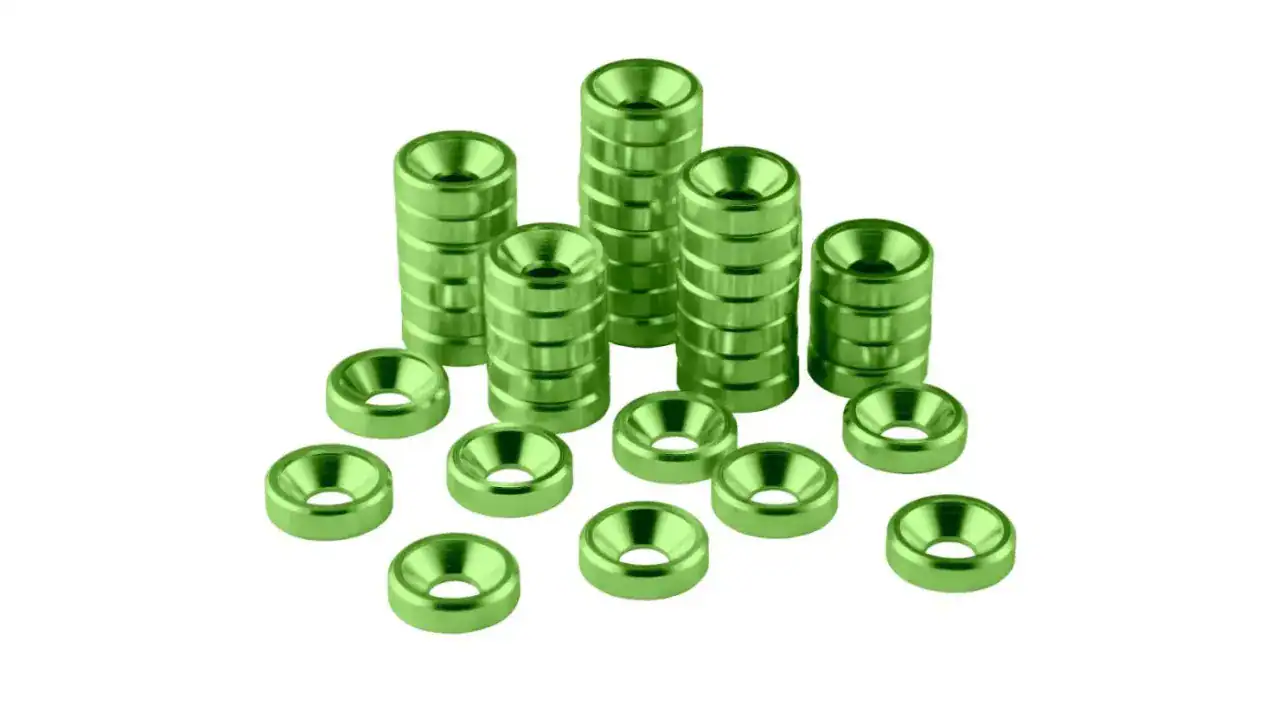
Screws and washers
This is a lighter color and is mostly used to enhance the appearance of anodized aluminum sheet surfaces. A green dye is added in the anodizing process to give a green colored anodized aluminum sheet surface. It is great for decorative metal materials and some architectural items.
Natural or Clear Anodizing
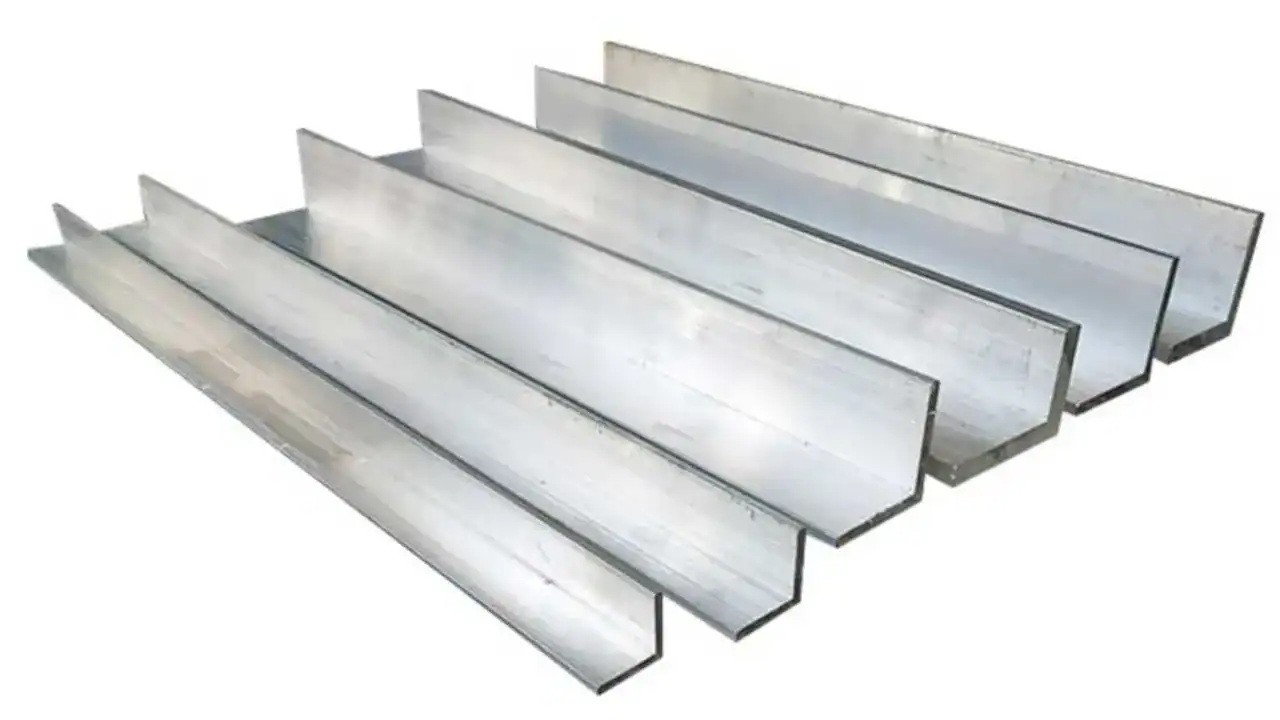
Aluminum Channel
A clear anodizing is simply an anodized aluminum process without any addition of dye substance. The absence of dye gives a transparent and natural look to the finished surface while keeping it corrosion-resistant.
Natural or clear anodizing aluminum colors have applications in a diverse range of industries, including aerospace, electronics, and automobile parts assembly and manufacture.
Gold Anodizing
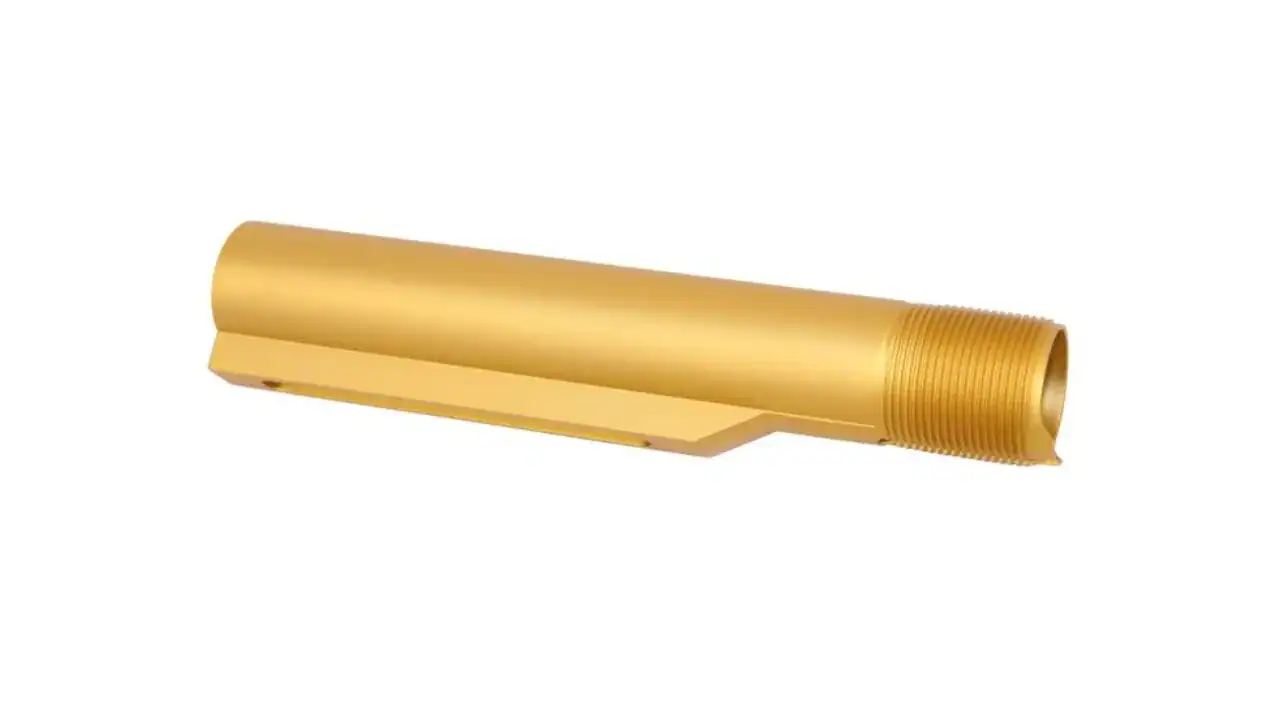
AR-15 Buffer Tube
Another important color on the anodized color chart. It is used in decorative items that give off a luxurious appeal and mimic the shiny glare of precious gems. The anodizing color process requires the right measure of gold dye to give the desired amount of rich golden look.
Gold anodizing is a light to medium color shade used in the production of automobile parts, furnishing, architectural designs, jewelry, and artworks.
Blue Anodizing

Ride Engineering Wheel Spacers
This is a darker and medium choice color on the anodized color chart used for so many functional applications in different industries where appearance matters a lot.
The blue anodizing aluminum is the end product of adding blue dye to the anodizing treatment process. Blue anodizing aluminum sheets finds application in aerospace, sports equipment, and manufacture of miniature parts.
Red Anodizing
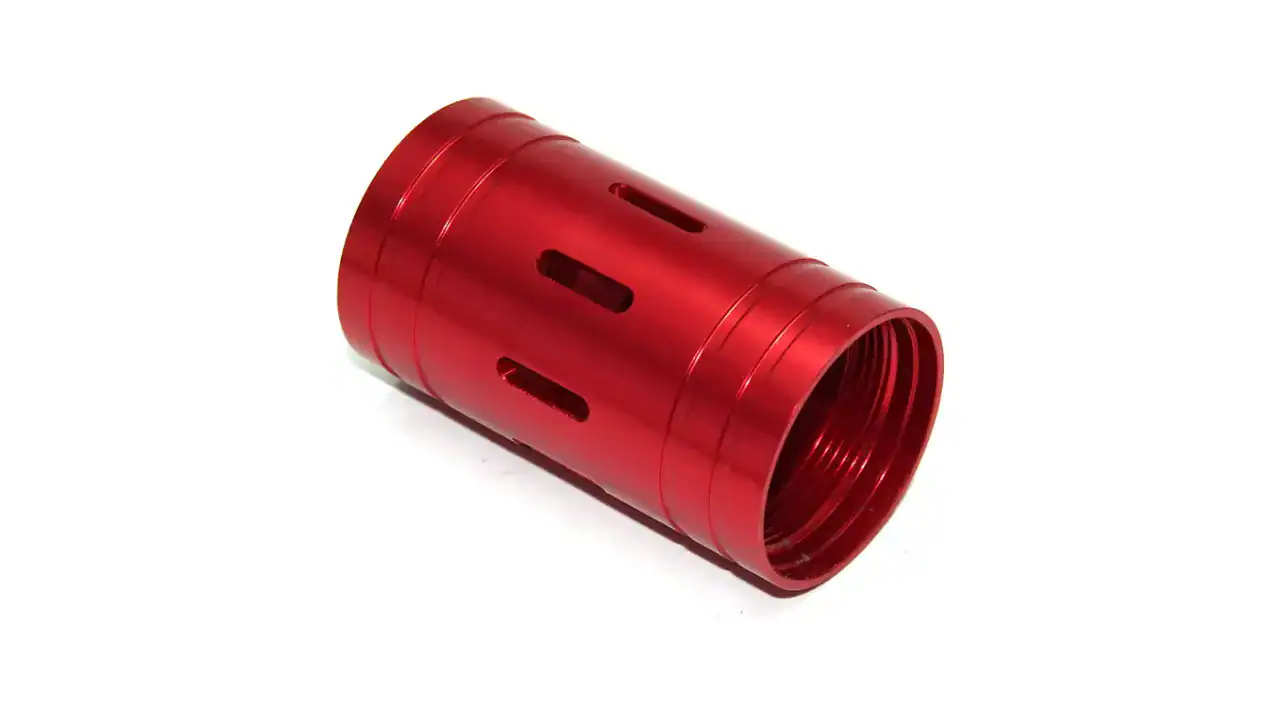
Red Aluminum Cylinder
Red anodizing, one of the brightest and widely used hard anodizing colors, for decorative purposes and to boost visibility. The anodized aluminum color carries a vibrant protective oxide layer that is then dyed red.
The longer it is left in the dyeing process, the darker the shade of red will become. Red anodized aluminum sheet is great for automobile parts and several other uses.
Steps Involved in Applying Anodized Aluminum Colors
To achieve a consistent and excellent colored anodized aluminum sheet metal, there are various procedures and guidelines that should be taken.
Here are the few steps to achieving a desirable anodized aluminum finish:
Cleaning the Aluminum Workpiece
A thorough cleaning of your aluminum sheet is the very first thing to do before applying colors. It gives a more appealing and clean surface. Cleaning can be carried out using an alkaline cleansing agent or washing with detergent and a rinsing tank.
Etching the Aluminum Workpiece
The etching process is done on the cleaned anodized aluminum sheet to give either a matte, glossy, or polished finish enhancing the surface contrast.
During this process, certain conditions including temperature, solution pH, time, size and shape of the part affects the amount of material being removed.

Anodizing Process
The Anodizing Process
The next procedure is to build the anodic film layer. Anodizing process occurs by putting the aluminum part into an electrolytic bath containing sulphuric acid and passing an electric current through it to create micropores on the aluminum surface.
The metal alloy remnants formed on the aluminum after etching determines the size and shape of the pores that would be created.
Also, the thickness and density of the anodic film layer or aluminum oxide depends on the concentration of electrolyte, temperature, and the current density.
Adding Color to the Workpiece
You can add color to the sheet in any of the four common ways. They include dip, electrolytic, interference, and integral coloring methods.
As the name sounds, dip colouring involves submerging the workpiece into a solution of dye and allowing it to stay for a given period until the pigment clings to the sheet. A couple of other procedures follow suit to ensure the paint or color doesn’t wear off.
On the other hand, electrolytic coloring works with the general principle of electrolysis. Generally, when acid reacts with a salt, positive and negative ions are released.
This colouring method is relying on the positive ions from the chemical reaction to gradually migrate to the pores of the workpiece. In this case, the ions also contain the colors that you need.
However, a major disadvantage of electrolytic colouring is that the anodized aluminum color option is limited to only black or bronze.
The third method is integral colouring in which the anodizing and colouring processes happen concurrently, i.e. anodizing of the part and addition of anodized aluminum colors are done at the same time.
Lastly, the interference method involves enlarging the surface pore structure, consequently depositing metals into the pores which produce light-fast colours ranging from blue, green, and yellow to red.
Sealing
This process is the trapping of dyes and colors in the surface pores preventing any further absorption of molecules. Also, the goal is to offer an unequivocal corrosion protection to the colored sheet.
A common way of doing this is to thrust the workpiece into solutions containing salts like Ni(CH3CO2)2.
Another way of sealing anodized aluminum color is by boiling in hot water, it is also referred to as hydration. This traps the dye in and prevents any further reaction with external factors.
How To Remove Color from an Anodized Aluminum Sheet
Having understood what an anodized aluminum sheet looks like, are there any anodized parts or tools around you that you would love to remove the anodized color but don’t know how to go about it?
Here are a few quick and easy steps to take in order to get rid of that color. However, there are many techniques for de-anodizing processes such as the oven cleaner method, greased lightning method, and sanding.
But we’d be explaining the greased lightning method and the materials needed include, greased lightning cleaner, a large plastic bowl, a brush, denatured alcohol, and your anodized aluminum product.
Step 1:
Clean your anodized part properly with denatured alcohol.
Step 2:
Fill your large plastic bowl with an adequate quantity of greased lightning cleaner to completely submerge your tool.
Step 3:
Scrub the anodized part with your brush, constantly agitating the solution as it will help speed up the process of de-anodizing. Depending on the thickness of the anodized colour, it takes about 2- 20 minutes for the process to be completed.
Step 4:
Once the colors have been completely removed, rinse your tool with water and pat dry with a clean towel. Now you have your de-anodized aluminum part.
Note: During this process of de-anodizing, you must be careful not to leave your parts in the solution for too long as it will cause over-oxidation, turning your aluminum parts to black colour.
In a case of over-oxidation, make use of a scotch brite pad to scrub out the black colour.
Conclusion
As much as anodized aluminum colors serve a variety of purposes, there are procedures that must be followed in order to achieve a smooth and excellent anodized surface finish and avoid complications. At HM, we don’t just take these processes, we produce the finest metallic materials and parts for every form of industrial applications. Check out some of our materials now.


